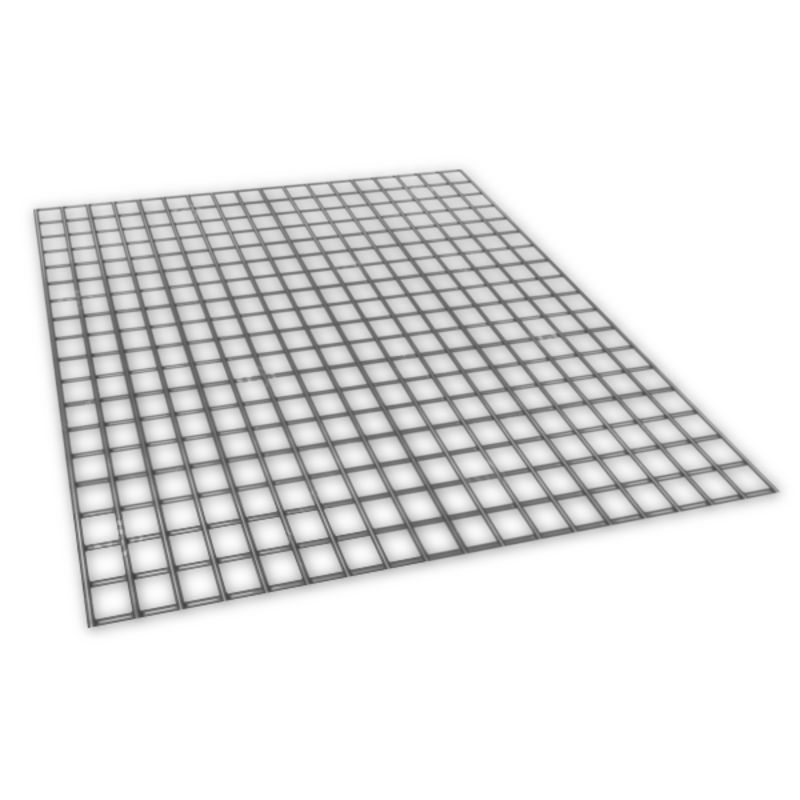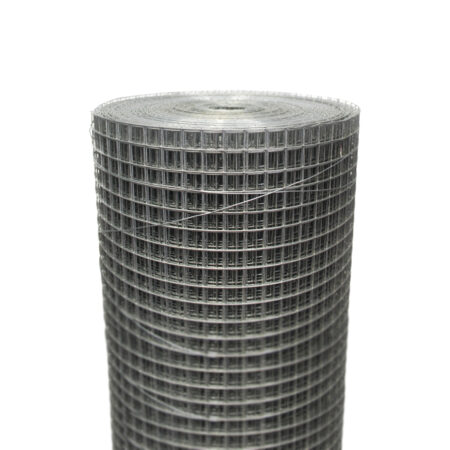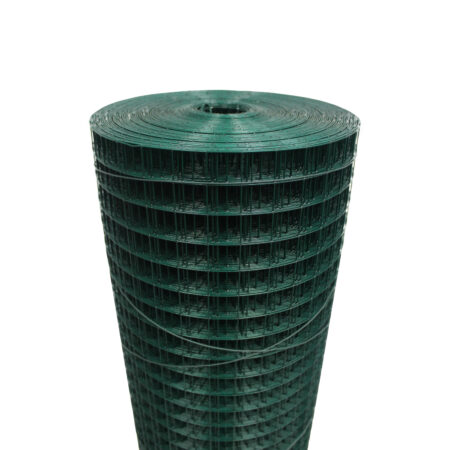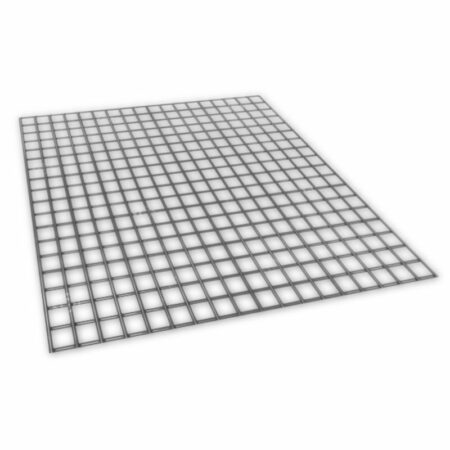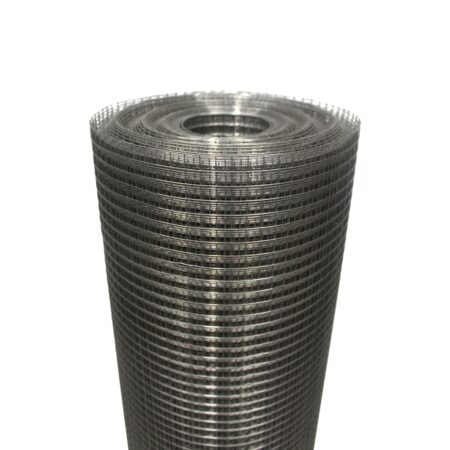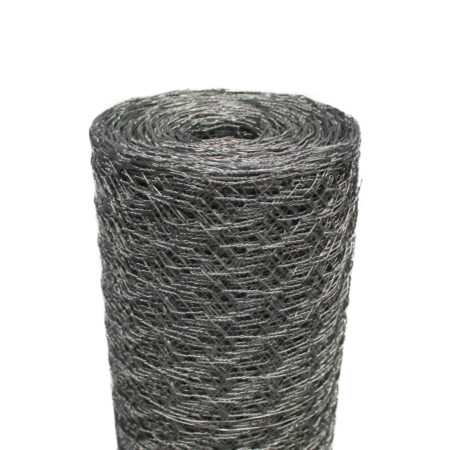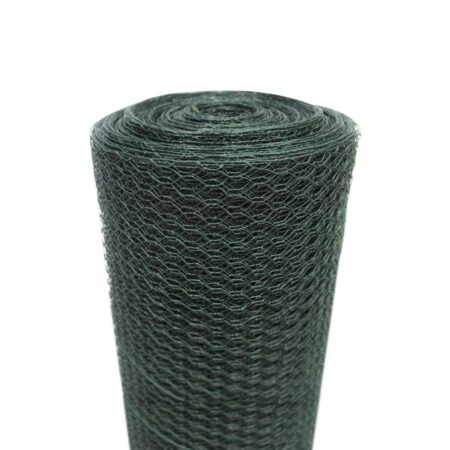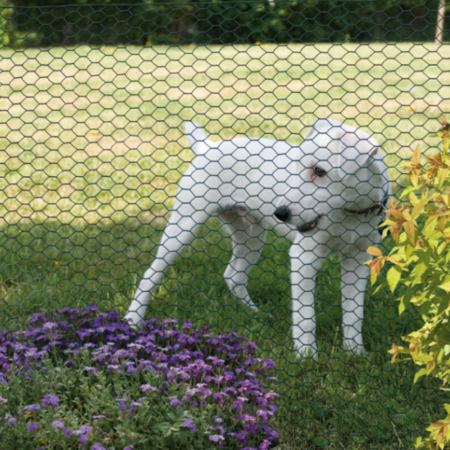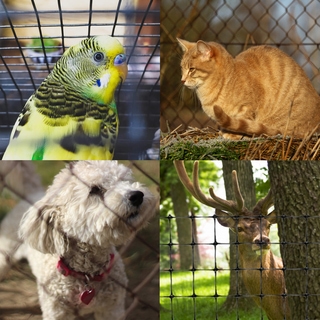Wire Mesh & Netting
Over 1,000 wire mesh and wire netting stocked at any time. Quick delivery and large orders available.
- Multi purchase discounts
- Next day delivery
- 1000+ metal mesh products stocked
Helpful Wire Mesh Information
Which Diameter?
| 5mm (6g) |
4mm (8g) |
3mm (10g) |
2.5mm (12g) |
2mm (14g) |
1.6mm (16g) |
1mm (19g) |
0.7mm (22g) |
|
| Can be bent Refers to the ability of the mesh to be bent out of shape by hand | Maybe | Maybe | Maybe | |||||
| Holds shape when bent Confirms whether the mesh will hold its shape after bending it | ||||||||
| Sags over time Refers to whether the mesh will droop over time if it is stood up | Maybe | |||||||
|
Can be cut using Refers to the tool that is required as a minimum to cut the mesh |
Bolt Cutters | Bolt Cutters | Bolt Cutters | Mini Bolt Cutters |
Wire Cutters |
Wire Cutters | Wire Cutters |
Scissors |
Which Mesh?
| Requirements | Recommendation |
| Quickest Installation | Panels are quickest to install as they do not need to be unrolled unlike Welded Wire Mesh or Chicken Wire. |
| Cheapest option | Panels are the cheapest as they are also the smallest qty of mesh option that we sell. Chicken Wire is the lowest-cost roll that we sell. |
| Best for outdoor use | All of the mesh that we sell is suited to outdoor use. |
| Greatest corrosion resistance | PVC coated mesh has the greatest resistance to corrosion, especially in saltwater environments. If the PVC coating is removed, exposing the inner metal, it will corrode a lot quicker |
| Strongest / most rigid | The thicker the diameter, the stronger it will be and the less likely it will bend. The thickest diameter that we stock is 5mm, which is very hard to bend or cut. |
Application & Uses
|
Hole Size Required |
Diameter Required |
Further Consideration |
|
| Animal Applications – View All | |||
| Badger proofing |
50mm x 50mm |
2.5mm (12g) |
|
| Dog proofing |
25mm x 25mm+ |
2mm (14g)+ |
The ability to chew, jump and climb differs dramatically across breeds. See Small, Medium and Large Dog categories for more info. |
| Cat proofing |
13mm x 13mm |
1.6mm (16g) |
|
| Cow fence |
75mm x 75mm+ |
2.5mm (12g) |
|
| Bird proofing |
13mm x 13mm+ |
1mm (19g)+ |
The ability to chew differs dramatically across breeds. See Aviary Mesh |
| Poultry fence |
50mm x 50mm |
1mm (19g) |
Select 2mm diameter if you require protection from Foxes |
| Fox proofing |
50mm x 50mm |
2mm (12g) |
|
| Mice proofing |
6mm x 6mm |
0.8mm |
|
| Pig fence |
75mm x 75mm+ |
2mm (14g) |
|
| Rat proofing |
6mm x 6mm |
0.7mm (22g) |
|
| Sheep fence |
75mm x 75mm+ |
2mm (14g) |
|
| Squirrel proof |
25mm x 25mm |
1.6mm (16g) |
|
| Fencing Applications | |||
| Multi-purpose fencing |
50mm x 50mm |
2mm (12g) |
2mm diameter is a medium-weight option that stops most animals from chewing through. |
| Garden border fence |
50mm x 50mm |
1.6mm (16g) |
Select a thicker diameter if the fence will be required to stop animals from chewing through. See Animal & Pet Fencing |
| Security |
50mm x 50mm |
2mm (14g) |
Security requirements differ between locations. See Security Fencing for more info |
| High security |
38mm x 38mm+ |
2.5mm (12g)+ |
Security requirements differ between locations. See Security Fencing for more info |
| Farm |
All |
All |
Requirements vary depending on the specific application. See Stock Fencing and Farm Fencing |
| Marine / coastal |
All |
All |
Use PVC Coated Mesh for greater protection in saltwater environments. |
| Public Area |
50mm x 50mm |
2mm (12g)+ |
|
| Security Applications | |||
| Security cages |
50mm x 50mm |
3mm (10g)+ |
|
| Perimeter fencing |
50mm x 50mm |
2mm (12g)+ |
|
| Inlets |
50mm x 50mm |
3mm (10g)+ |
|
| Garden Applications | |||
| Plant support |
50mm x 50mm+ |
0.7mm – 1mm |
|
| Trellis |
75mm x 75mm |
3mm (10g)+ |
|
| Tree Guard |
13mm x 13mm+ |
1.6mm (16g) |
If it will be used to protect trees from animals see animal protection info above |
| Compost Bin |
13mm x 13mm |
1mm (19g)+ |
|
| Anti Slip |
25mm x 25mm+ |
1.6mm (16g) |
|
| Arts & Crafts Applications | |||
| Sculpture |
13mm x 13mm+ |
1mm (19g) |
Chicken Wire is most often used for sculptures |
| Paper Mache |
13mm x 13mm+ |
1mm (19g) |
Chicken Wire is most often used for Paper Mache |
| Flower arranging |
13mm x 13mm+ |
1mm (19g) |
Chicken Wire is most often used for flower arranging |
FAQ
How do I fix to a vent?
Use a staple gun to fix the mesh or netting to the wooden vent surround. If the surround is plastic then you may need to unscrew it, place the metal sheet over the screw holes then screw the surround back into place.
What size wire mesh do you stock?
We have all heights available from 30cm up to 2.4m high. You can find the height that you are looking for by going to our height selection category. The hole sizes range from 6mm x 6mm through to 50mm x 50mm. On each of the category pages, you will be able to filter for hole size, height, length and anything else that will help you find the exact product that you need.
How do I cut it?
There are various tools available that can be used to cut wire mesh or netting. The best tool for the job will generally depend on the thickness or gauge and the finish required ie do you need to avoid sharp edges
- Wire cutters: good for thin 1mm or less. Often used by DIYers and hobbyists
- Hacksaw: good for thick diameters but usually leaves sharp edges
- Bolt cutters: available in a variety of sizes to cut small to large diameters
- Angle grinder: will cut all diameters and leaves a smoother edge
Can I use this type of mesh or netting to cover a drain?
Yes, the most popular hole size is 6mm x 6mm. This is the smallest hole size available. It allows water to flow through and catches small or large debris that would otherwise flow into the drain.
Can I put it in a fish tank?
You will need stainless steel mesh if you plan to submerge into a fish take or other types of water. Materials other than stainless steel or specialised PVC coated will rust if exposed to water for long periods of time.
Download PDFs
Specification
- Super Prime Wire Mesh Data Sheet
- Prime Wire Mesh Data Sheet
- Economy Wire Mesh Data Sheet
- Super Chicken Wire Data Sheet
- Standard Chicken Wire Data Sheet
- Economy Chicken Wire Data Sheet
Installation
Guides
- How to Make Bird Feeders out of Mesh
- How to Make Baskets out of Mesh
- How to Straighten Rolled Up Mesh
- How to Cut Wire Netting
- How to Paint Chicken Wire
- How to Make Topiary Frames with Chicken Wire
- How to Make Flower Vase with Paper Mache
- How to Make Christmas Light Ball with Chicken Wire
- How to Use Chicken Wire in Flower Arrangements
- How to Make a Jewelry Holder with Chicken Wire

